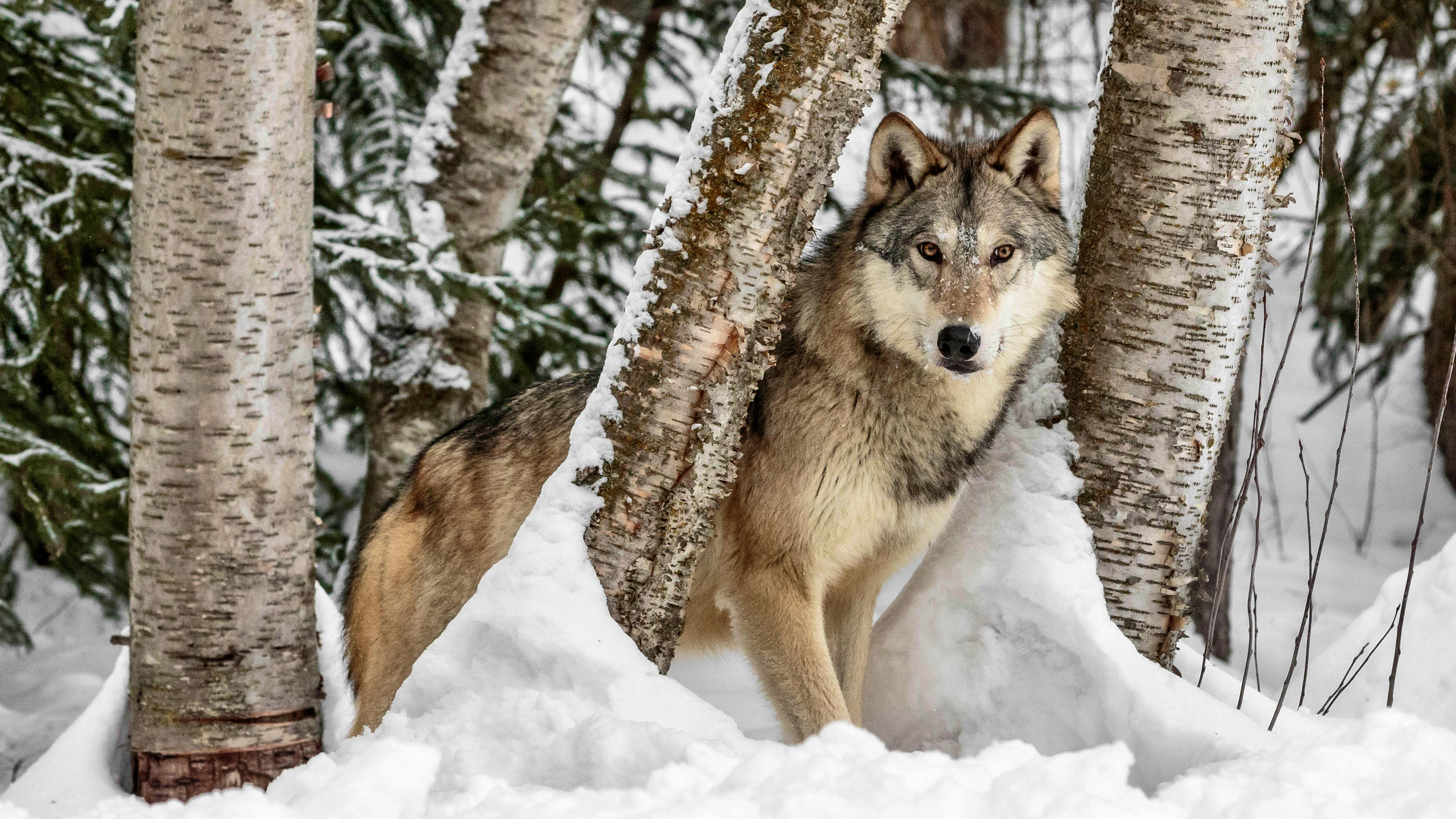BOISE, Idaho – A bill which would establish a wolf control board to spend a proposed $2 million of Idaho taxpayers’ money to kill most of the wolves in state gained traction this week in Idaho’s state legislature after meeting several procedural requirements. The bill will be considered in the coming days by the Idaho House Resources and Conservation Committee.
The legislation would establish a five-member oversight board – separate from the Idaho Fish and Game Commission and state wildlife agency – to implement lethal control management strategies for wolves throughout Idaho. The goal is to drive the wolf population down as low as 150 out of an estimated population of between 500 – 600 wolves. Proposed board members include the directors of the state agriculture and fish and game departments and three board members representing hunters, livestock owners and a member at large appointed by the Governor. While the proposed bill establishes the control board, Gov. Otter is proposing to fund it through an initial infusion of $2 million of Idaho taxpayers’ money; annual funding would come from $110,000 raised by the livestock industry and a matching amount that would come from hunting license dollars.
Idaho resident and Defenders of Wildlife representative Suzanne Stone issued the following statement:
“Idaho House Bill 470 is a pet project put forth by Governor Otter on behalf of anti-wolf extremists to eradicate most of the wolves in Idaho. Governor Otter is letting anti-predator local politics undermine science and the recovery of wolves in the state. If passed under its current provisions, this plan gives Governor Otter a green light to wipe out most of the wolves in the state, thrusting them perilously close to the Fish and Wildlife Service’s threshold for consideration of relisting under the Endangered Species Act.
“American taxpayers paid millions of dollars to return wolves to the landscape and now Idaho is accelerating its efforts to undo this conservation success. This wolf control board would throw taxpayer’s money at short-term strategies that have proven ineffective in resolving livestock losses and may well push the species back under federal protection. There is a far better alternative that should instead be considered. Nonlethal control methods used properly are far more effective options for keeping wolves away from livestock. These methods include as fladry, range riders, electric fencing and guard dogs – tools that have been proven more effective in reducing losses of both livestock and wolves.
“For example, here in Idaho, the Wood River Wolf Project in Blaine County has successfully protected more than 25,000 sheep annually grazing on the Sawtooth National Forest, losing less than 25 sheep over 6 years – without having to kill a single wolf in the project area. Despite being one of the highest concentrations of wolves and livestock sharing the same landscape, it’s the lowest loss rate of livestock and wolves in the state. If Idaho state politicians truly want to address conflicts in the state, they would adopt the most effective method strategy – coexistence – which is the only real solution over the long term.
“Idaho’s people, wildlife and livestock would be better served were this funding spent on real solutions such as coexistence, rather than on simply exterminating wolves. It is time for Idahoans to speak out in defense of wolves before this slaughter begins.”
Background: Idaho contains the largest forested wilderness area in the lower-48. Outside of Colorado – where there are currently no wolves – Idaho is the core habitat for gray wolves in the western United States. Idaho is home to approximately 3,000 mountain lions, 20,000 black bears, 45,000 coyotes and hundreds of thousands of elk and deer. In the spring of 2009 , when wolves were still federally protected in Idaho, the state wolf population peaked at more than 1000 wolves – still a low number in comparison to other normal healthy predator populations in the state. Since congressional delisting in 2011, Idaho officials have used hunting, trapping, and snaring to reduce the population to approximately 500 – 600 wolves at the end of 2013. The official state wolf population report for 2013 is expected to be released next month.
###
Defenders of Wildlife is dedicated to the protection of all native animals and plants in their natural communities. With more than 1 million members and activists, Defenders of Wildlife is a leading advocate for innovative solutions to safeguard our wildlife heritage for generations to come. For more information, visit www.defenders.org and follow us on Twitter @DefendersNews.
For over 75 years, Defenders of Wildlife has remained dedicated to protecting all native animals and plants in their natural communities. With a nationwide network of nearly 2.1 million members and activists, Defenders of Wildlife is a leading advocate for innovative solutions to safeguard our wildlife for generations to come. To learn more, please visit https://defenders.org/newsroom or follow us on X @Defenders.
News

Defenders Slams Trump Interior Pick Burgum

